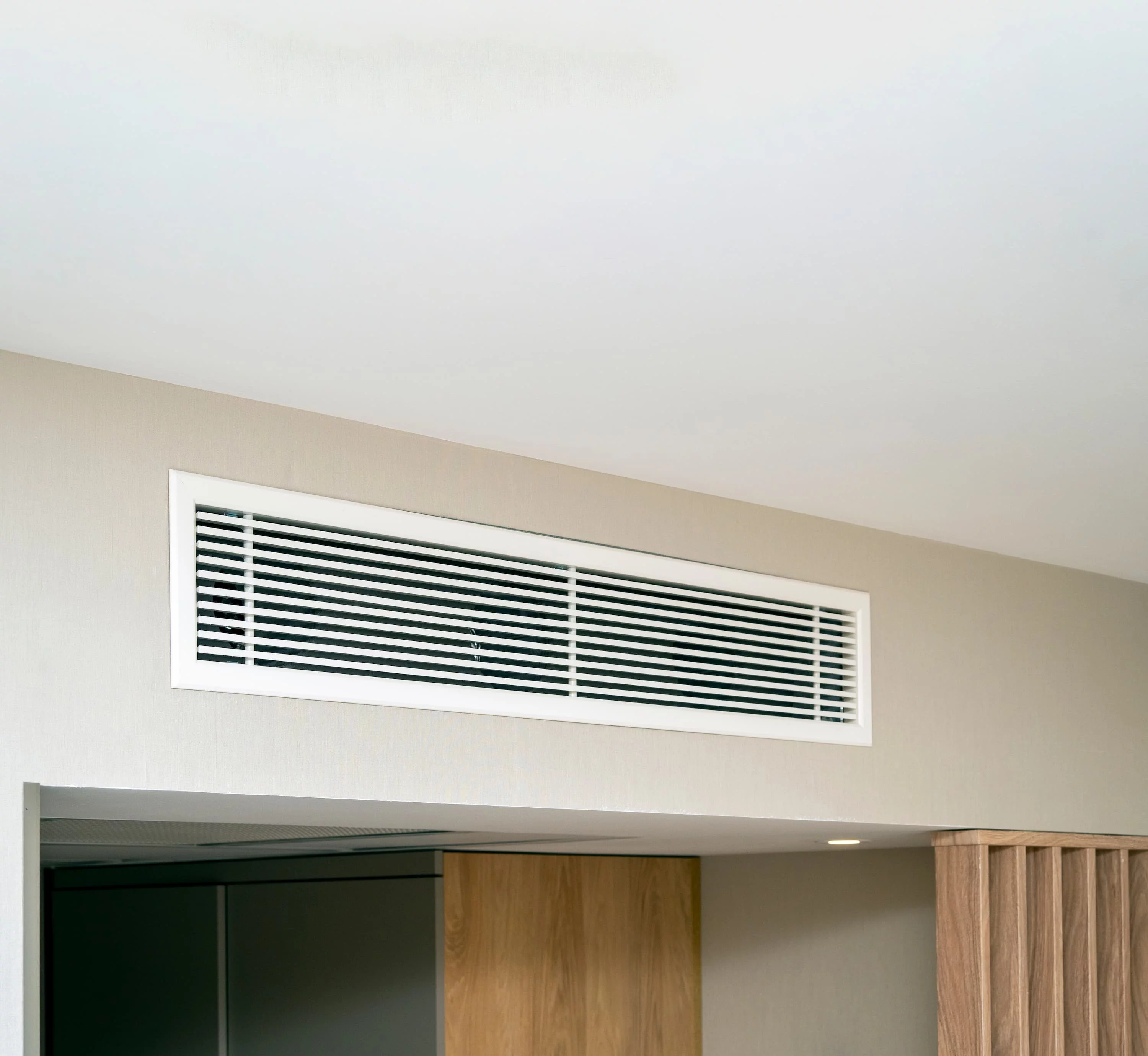"Accumulated dust, allergens, and pollutants in dirty air ducts can circulate through your home, intensifying winter allergies and respiratory issues, even with the AC switched off."
)
Winter in Dubai brings cooler temperatures, but poor indoor air quality can still trigger allergies, especially during the colder months. Many people associate air duct cleaning only with the summer, thinking it’s unnecessary when the AC isn’t running as often. However, this is a misconception. Accumulated dust, allergens, and pollutants in dirty air ducts can circulate through your home, intensifying winter allergies and respiratory issues, even with the AC switched off. In this blog, we'll explain how neglected air ducts can trigger winter allergies and share important tips on air duct cleaning to help you maintain a healthier indoor environment year-round.
During the winter months, common allergies like those to mold, pet dander, and dust mites tend to flare up more frequently. One of the key culprits is dirty air ducts. Dust mites, which thrive in warm, humid environments, can build up quickly in your ducts if regular AC duct cleaning is neglected. These tiny particles are easily circulated throughout your home by the HVAC system, aggravating allergy symptoms. Even if your pets aren't shedding as much during the cooler season, their dander still remains a problem. Pet dander can easily become trapped in your air ducts, circulating throughout your home and worsening respiratory issues. Additionally, mold growth in damp ducts can release spores into the air, which can further trigger allergic reactions. Regular air duct cleaning helps reduce these allergens, ensuring your indoor air remains clean and safe, especially during the winter months.
Winter allergy symptoms can closely resemble those of a cold or flu, making it difficult to distinguish between the two. However, if your symptoms persist for more than 10 days, allergies are likely the culprit, even if you've never had them before. Common winter allergy symptoms include watery, itchy eyes, and dark circles under the eyes (known as allergic shiners) caused by nasal congestion, a runny or stuffy nose, sneezing, coughing, and dry or itchy skin. You may also experience morning headaches, a postnasal drip, and a sore or itchy throat. For those with allergic asthma, symptoms like wheezing and shortness of breath can occur as well.
Managing winter allergies involves taking proactive steps to reduce exposure to common allergens in your home. Regular cleaning is essential, so make sure to vacuum and dust frequently, including areas under and behind furniture. It’s also important to clean carpets and mattresses regularly to remove dust, allergens, and dust mites that can accumulate, helping to reduce allergy triggers. Be mindful of moisture in your home; check for mold and fix any leaks to prevent mildew from forming. If you have pets, bathe them regularly and keep their bedding clean. Maintaining proper humidity levels with a humidifier or dehumidifier can help manage mold and dust mites. Additionally, consider using an air purifier to improve air quality further. While these measures help address common allergens, one often overlooked source is your HVAC system. Dirty air ducts can circulate dust, pet dander, and other particles throughout your home, exacerbating allergy symptoms.
"Accumulated dust, allergens, and pollutants in dirty air ducts can circulate through your home, intensifying winter allergies and respiratory issues, even with the AC switched off."
Air filter: Your HVAC system’s air filter should be replaced regularly—ideally every month—depending on the type of filter. This helps trap dirt, dust, and other particles, preventing them from circulating throughout your home.
The HVAC unit: Despite the air filter, some dirt and dust still make their way into the HVAC unit. Filters capture up to 90% of particles between 3 to 10 microns, but smaller particles and the remaining 10% still pass through. As a result, the unit itself often becomes dirty and requires attention.
Ductwork: Once dust and dirt pass through the HVAC unit, they travel through the ductwork. The ducts act as channels that can easily accumulate dust, pet dander, pollen, and other contaminants, which are then spread throughout your home.
Vents: Finally, dust and dirt reach the vents, where they can build up and obstruct airflow. This blockage can put additional strain on the furnace, making it less efficient and potentially leading to higher energy costs and reduced performance.
To prevent winter allergies triggered by dirty air ducts, here are some essential tips for maintaining clean air ducts and improving indoor air quality:
Schedule regular AC inspections: Have your air ducts inspected by a professional at least once a year to catch issues like leaks, clogs, and mold growth early.
Change your air filters regularly: Replace your air filters every one to three months to prevent dust, allergens, and other particles from circulating through your home.
Seal any leaks: Inspect your air ducts for leaks or gaps, and seal them with mastic or duct tape to prevent contaminants from entering the system.
Professional air duct cleaning: If your ducts haven’t been cleaned in a while or are heavily contaminated, schedule a professional cleaning to remove built-up dust, allergens, and mold.
Maintain proper humidity levels: Keep humidity levels between 30% and 50% to help prevent mold growth in your air ducts, especially during the winter months.
Invest in an air purifier: Consider using an air purifier with a HEPA filter to remove airborne allergens, reducing the strain on your air ducts and improving air quality.
By following these tips, you can maintain clean air ducts and help minimize winter allergies, ensuring healthier air throughout your home.